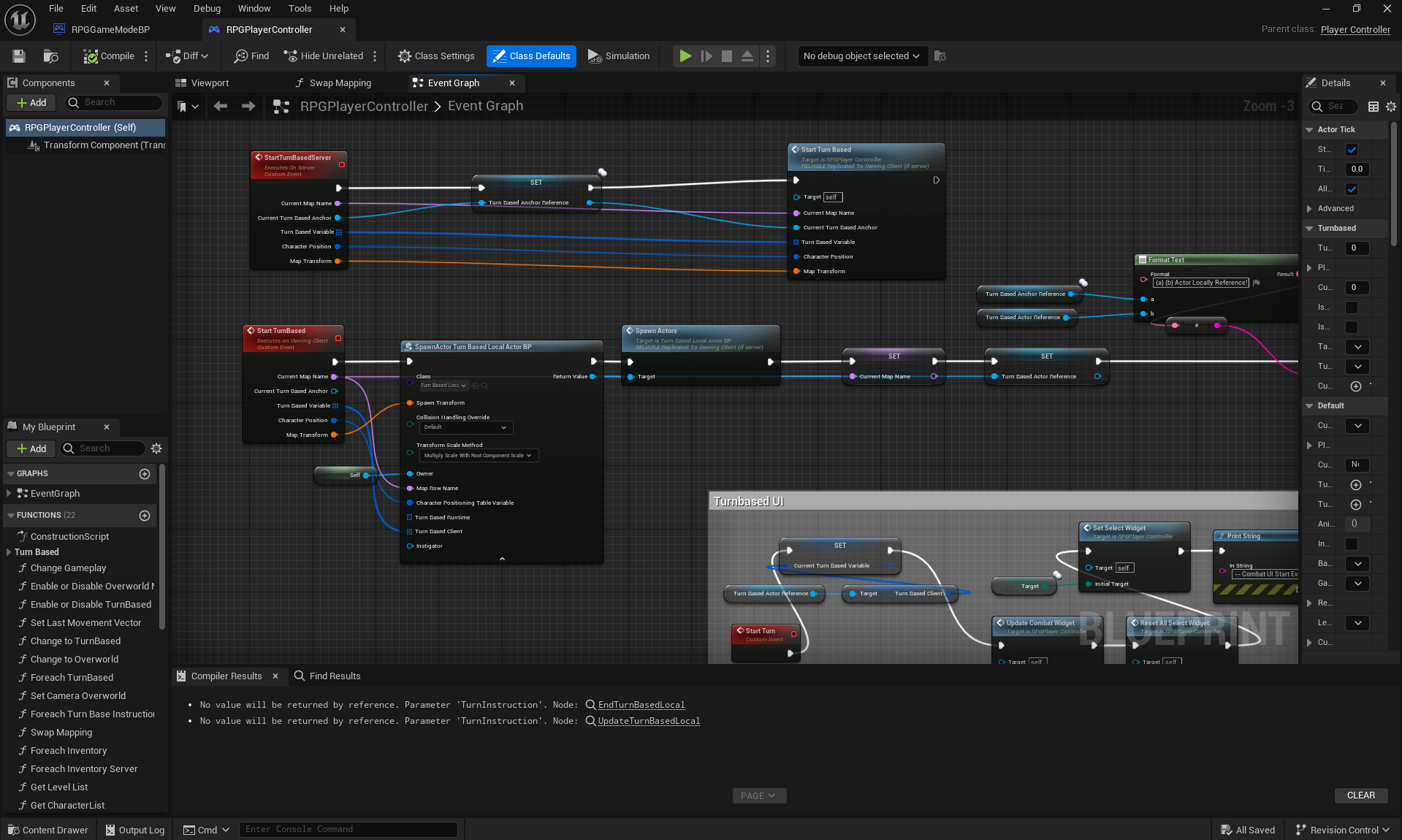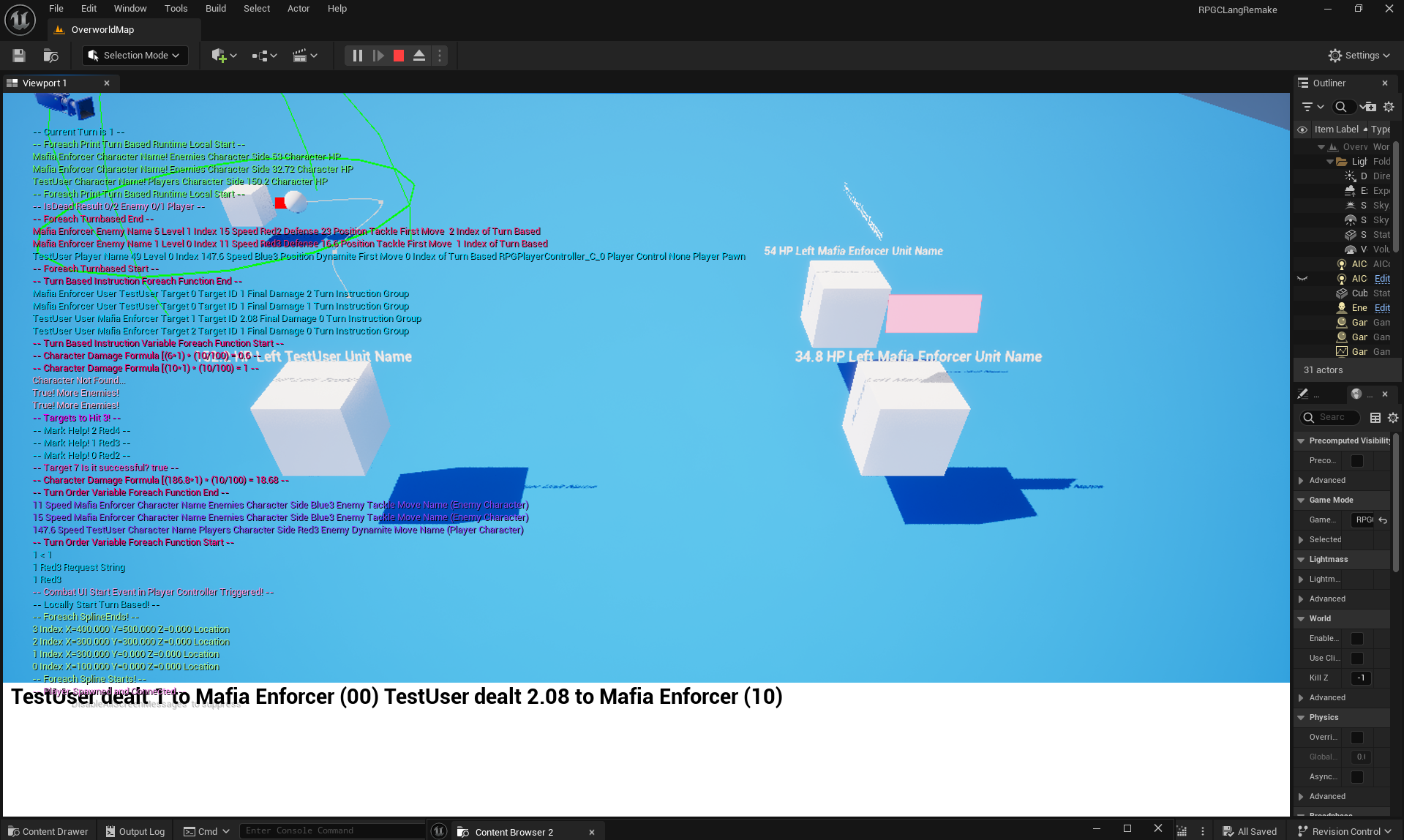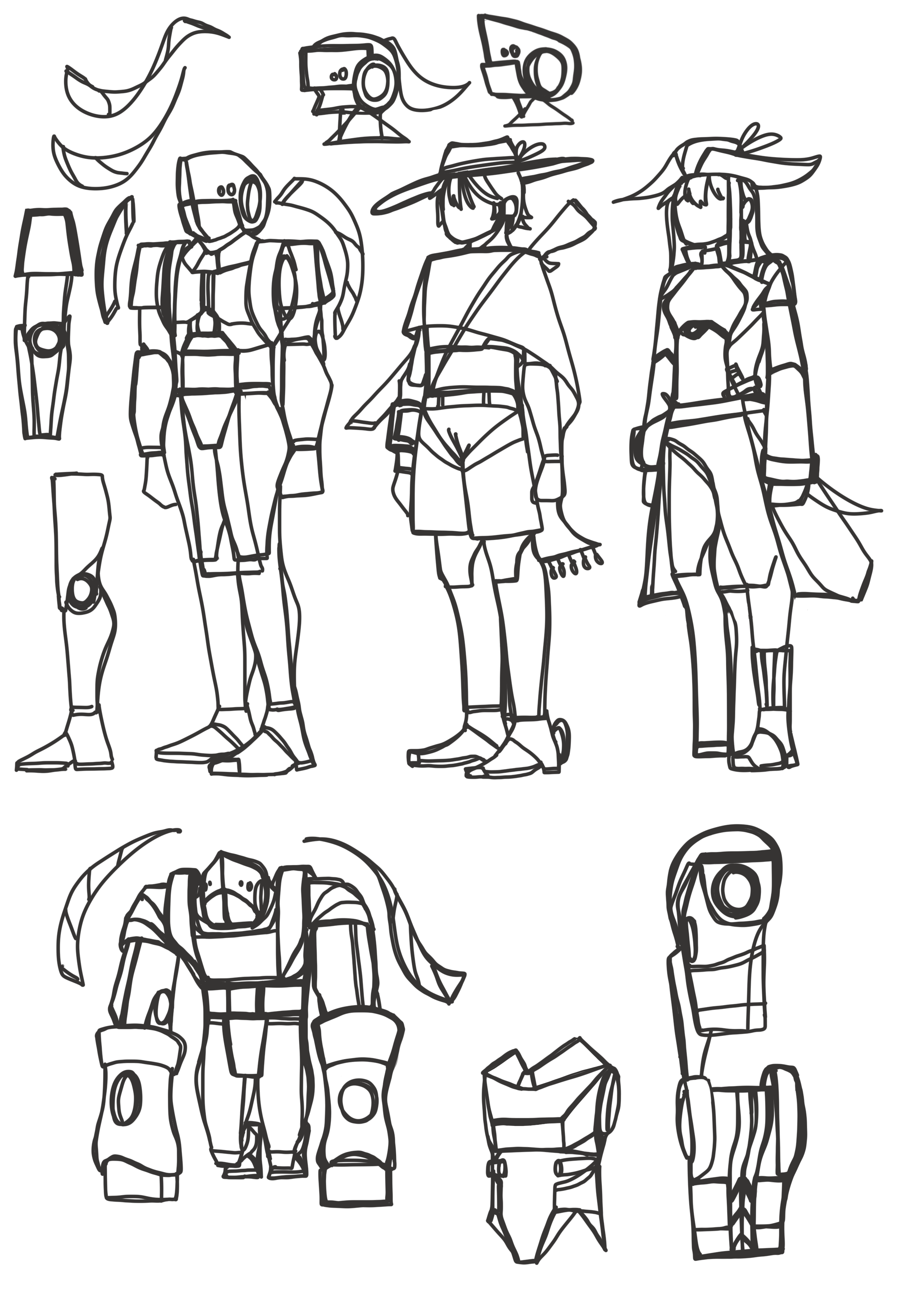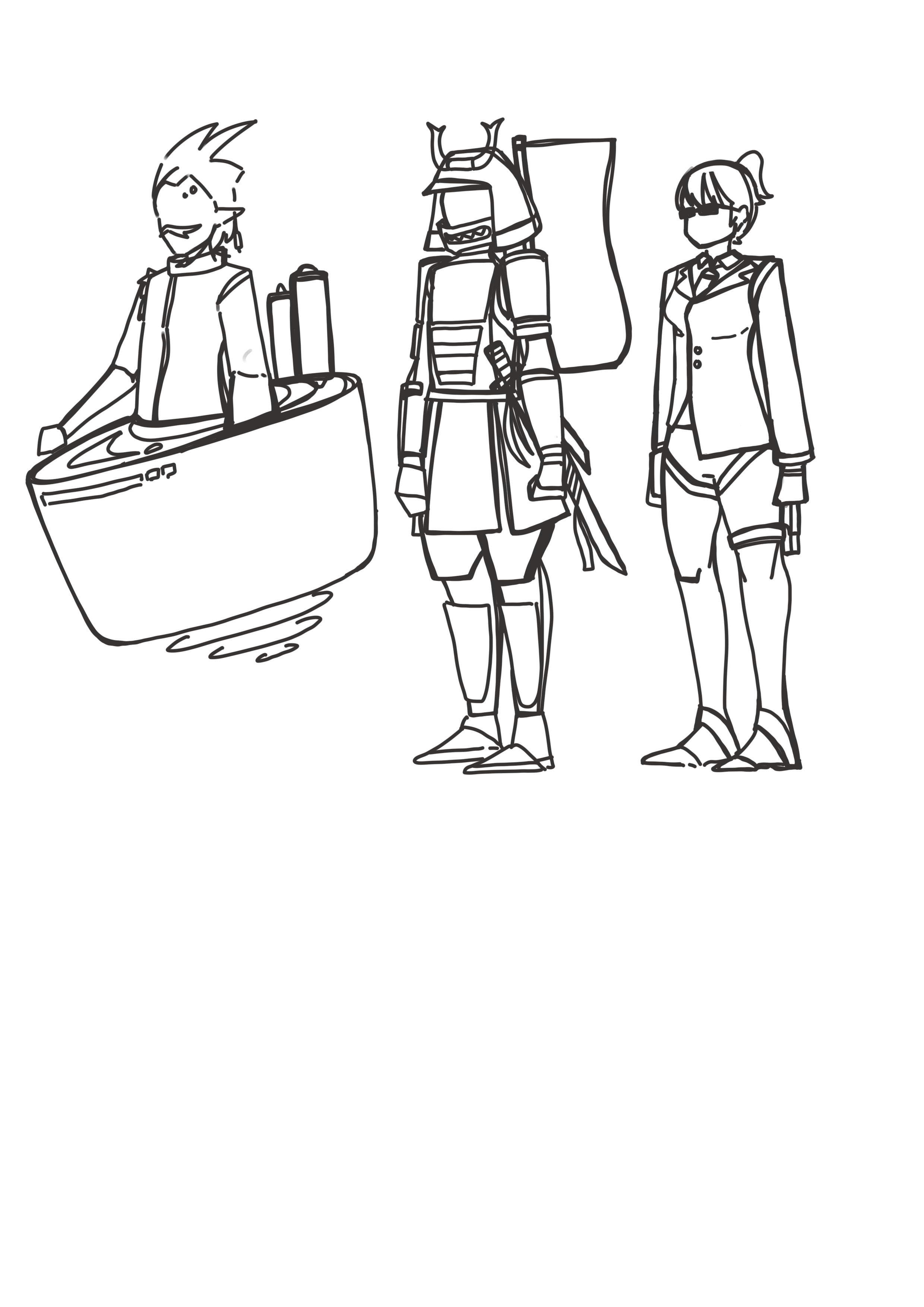Side Hustle is a multiplayer Turn-based game created on the Unreal Engine 5.
Created as part of Trinity College Interactive Digital Media Masters Degree.
Collaborated with Eleni Ploumpidi, Mark Shoellhammer, Abhishek Ashish, Rahul Ramesh and Veda Duhan - 3 Months Project - 2024
The link of the Editor to this project can be accessed below:
Side Hustle is a multiplayer Turn-based game created on the Unreal Engine 5. The game was created by all of the members
with the main goal:
"To be a space for friends to play around, dick around and have a good time, while having something to lookout for."
During this project, my responsibilities include being the Project Manager, Main Programmer and Game Designer.
My role as game designer started early during the project. There are few reasons as to why the current game is a
multiplayer turn-based game:
1. The team wanted multiplayer and to practice 3D modelling.
2. One of the team members have competitive experience in Turn-based and platformer games.
3. Turn-based games will simplify multiplayer coding, seeing as I only have one month to learn Unreal Engine and code the game in two months.
The game mechanics are also designed with various intentions in mind, the following are some:
1. Through our team’s experiences with games, we are inspired by games in the same genre like Chrono Trigger, Honkai
StarRail, Persona, Pokemon, etc.
I was also personally inspired by other games like Team Fortress 2 and Warframe to name
a few.
2. A game is also nothing without people who enjoyed them. We surveyed various players, does who play plethora of multiplayer games and players, competitive players, hardcore players of Pokémon for their gripes, favorite aspects, and other factors.
3. Multiplayer and collaboration are a core tenant of the game.
This led to the creation of a 60-page word document, consisting our planned mechanics, characters, enemies, how
multiplayer works, and world-building. This was also sent to a game designer in Black Shamrock for inputs but due to time constraints, not implemented yet.
There are some neat mechanics that never made it to the game design document as we have to focus on programming the
game, some include:
1. The Demon Contract – When in multiplayer match, player can very rarely see a demon mark on top of their ally
character. When the player defeats the ally character with the demon mark, they receive a special demon currency which
they can use to claim custom cosmetics that their friends can see. The bounty from defeating an ally with a demon mark
is based on how many fights they have gone undefeated, by both enemies and allies.
– Original Idea Credit: Sam Davern
2. The Right-hand Left-hand Casting – Moves player use are either single-handed or double-handed. Buffing moves may
require one of their hands to actively cast it. It’s effects will be dispelled when the hands stop casting the buff due
to using a double-handed move or manually dispel. Leaving at least single-hand open will allow players to aid allies
that are attacking, when an ally attack with a skill that allows for assistance, an ally layer can follow-up by
completing the quick-time event and a having a free hand to spare.
– Inspired by Warframe
While writing the game design document, I was also studying Unreal Engine, particularly how to manipulate structures and the relation between the classes and how they work in multiplayer. When coding the game, these are the rules I follow:
1. Avoid as much technical debt and code with the mindset of future expansion, make sure all code are not shortcuts unless necessary.
2. For a singular battle instance, make sure there is only one code running at time to avoid code not syncing with one another.
3. All calculations are handled in server but also handled locally. But server calculations have authority.
With that, the game is coded.

Figure 1: Unreal Engine Blueprint Client and Server Setup

Figure 2: Unreal Engine Very Early Build

Figure 3: Character Concept 1

Figure 4: Character Concept 2
The game in the game design document can be summarized as the following:
1. Play as a group of mercenaries, each mercenaries have synergies with one another.
2. You and your allies enter a “level” instance. Defeat all enemies and puzzles in the level to finish it and return to the hub level.
3. You traverse the level by walking (WASD), when you are close to an enemy, hit them to initiate combat. Combat is Turn-based.
4. Turn-based combat starts. Players must collaborate and make use of the mechanics including energy management, position management, taunting, buffing, debuffing, and character unique interactions.
During the showcase, only a portion of these mechanics are implemented due to time constraints. (Only multiplayer, damaging, healing and AOE attacks are successfully implemented)